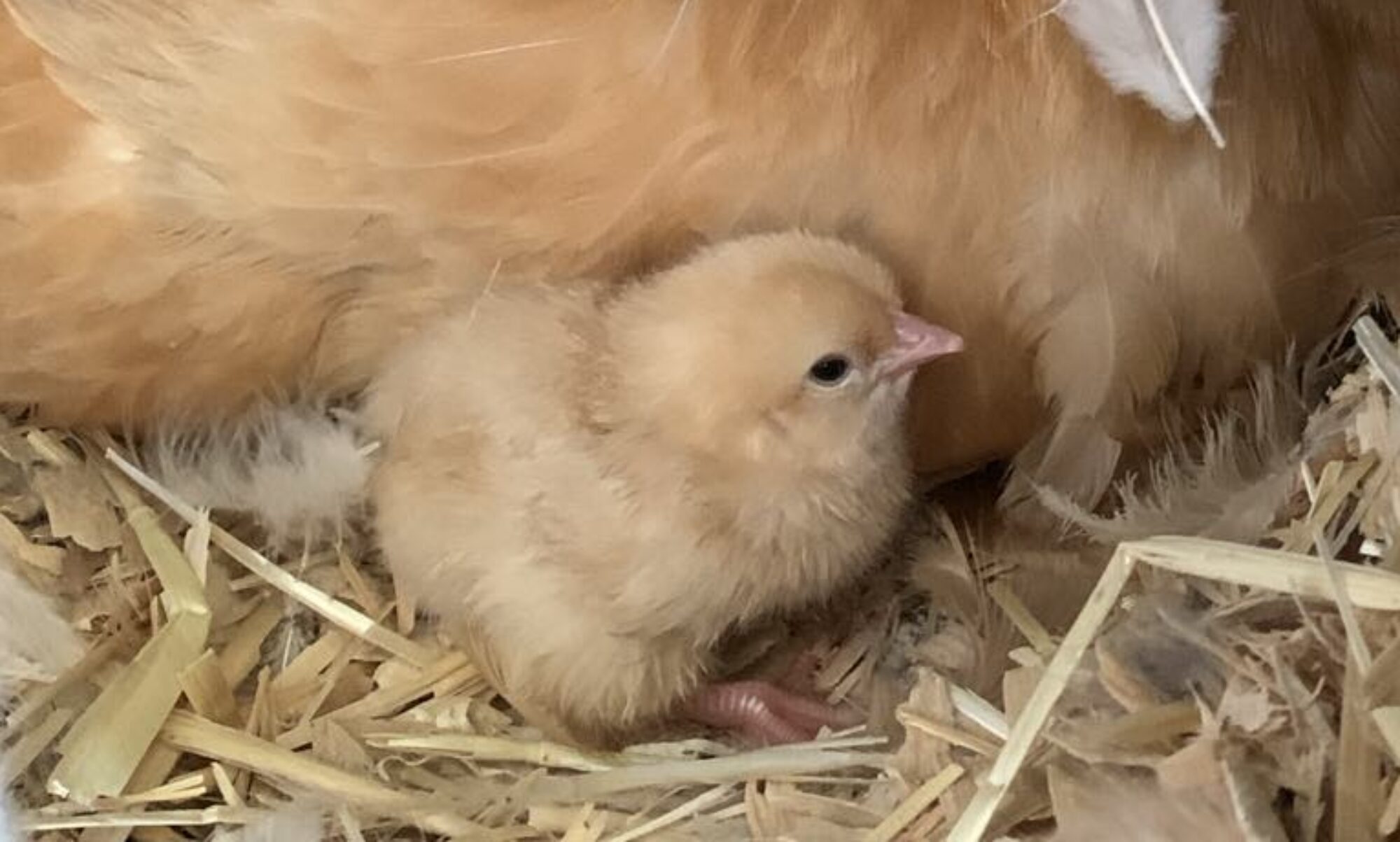Making dirt is not something that we generally think of as a great pastime or fun hobby, and frankly, purchasing commercial garden fertilizers is easier. However, I have always been a fan of ‘reduce, reuse and recycle’! Trying to be a stay-at-home mom and raise a family required that I make our dollars stretch and not be wasteful with our resources. My husband built our first chicken coop out of wood pallets. The fruits, vegetables and leftover meals that had passed their prime went to the animals. All the organic material at our disposal went into a compost pit to be turned into free garden fertilizer. Every little bit helped!

Having a successful compost pit is not a difficult undertaking. There is really no right or wrong way to compost and it doesn’t need to take a lot of time, effort or money. The benefits of a compost pit extend beyond your flower bed or vegetable garden. In addition to adding nutrients and water conserving properties to your garden soil, composting helps to reduce greenhouse gasses and the capacity of landfills. The process of composting is quite simple: it is merely a bunch of organisms eating their way through waste products and turning them into nutrient rich dirt!
To start your compost pit, find a nice, out of the way spot, (but not so remote that you won’t use it), where you can start your collection of organic waste. I have a large plastic bucket at the edge of my garden that I fill throughout the year. During the late summer and early fall there is some overflow because of the thorough animal house clean out, but that’s ok, it will be ready by spring to add to the garden. If you are diligent in your composting, you can have finished humus ready to use in just a few weeks, but that requires layering, watering and turning. I am not quite so diligent. I empty out my compost pit into the spring garden, and start over, filling it back up over the summer and fall, allowing it to finish decaying during the winter months and then spreading it out into the spring garden once again, making sure to till it in well. I also dress some of my garden tubs with compost and work it into the existing soil. It’s important to restore nutrients to your garden soil to ensure a healthy crop and bountiful harvest!

You can put anything you want into a compost pit, with the exception of glass, Styrofoam, plastic and metal. Again, there are no hard and fast rules. When you think about it, everything is going to decompose anyway. By composting, you are just helping to speed the process along a bit and YOU get to take advantage of the benefits of the the good dirt instead of it just sitting in a landfill somewhere. The more variety of waste you add to your compost pile, the more well-rounded the nutrients in your compost will be. I include food scraps that don’t get fed to my animals, leaves, twigs, straw, sawdust, animal waste from my chickens, goats, rabbits, and even paper towels that my food scraps are wrapped in. I keep a container in my kitchen that I add food scraps to and then dump into the compost pile every couple of days. This would include onion skins and banana peels.

I stir the pit every month or so, give it a drink of water a couple times a week during the summer and keep adding waste. You want the air to be able to circulate, so you want the waste you add to be varied in size and loose, not packed down.

Then come spring, it all gets tilled into the garden.
Reduce, reuse, recycle! What ideas do you have for composting or re-purposing? Feel free to comment below. I’d love to hear from you!


